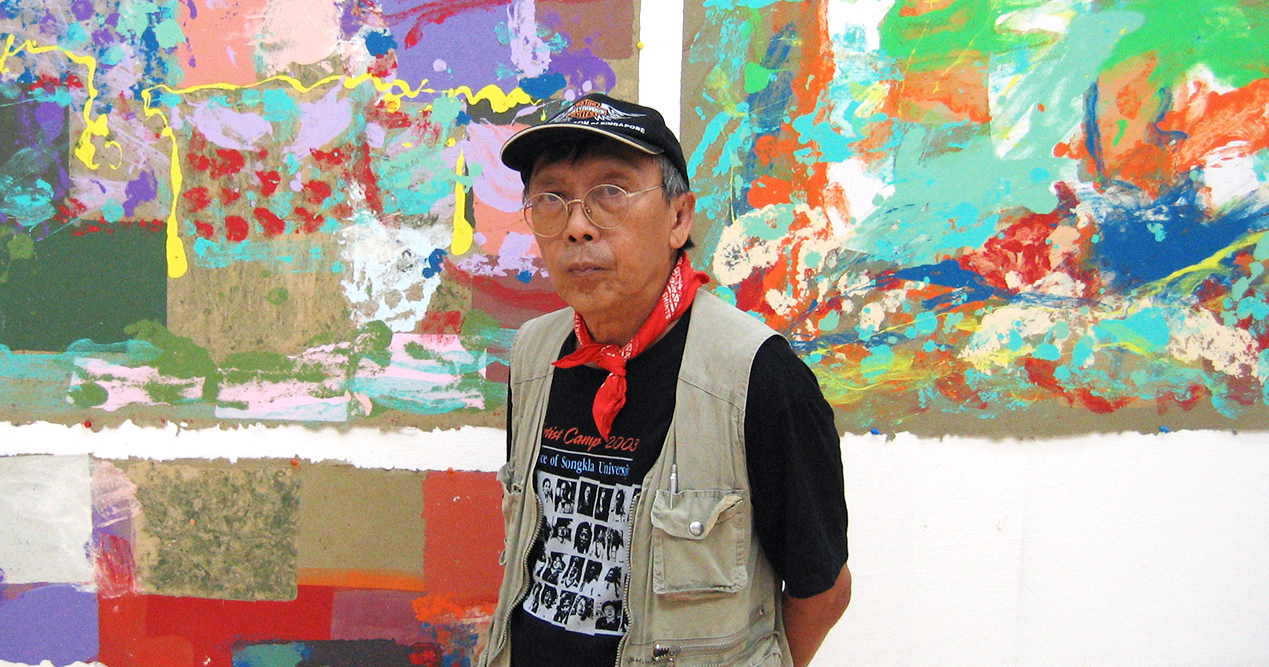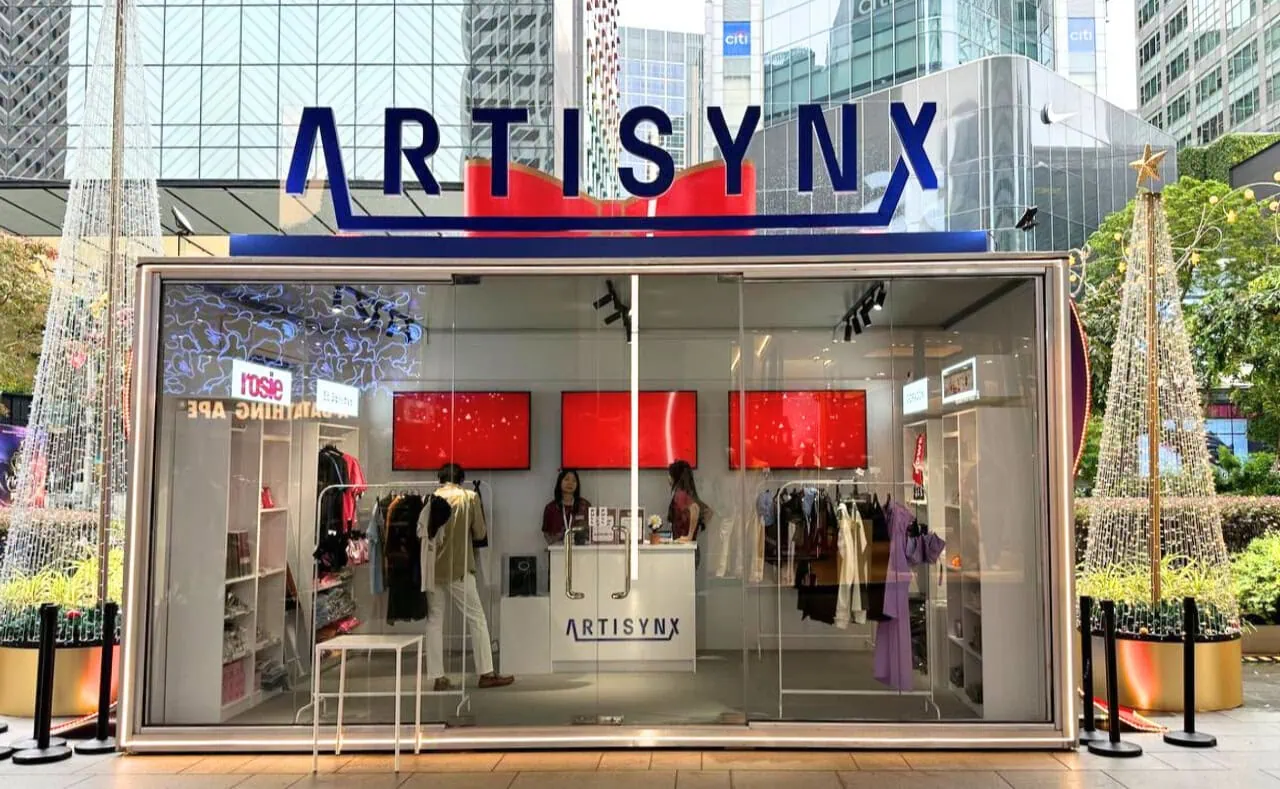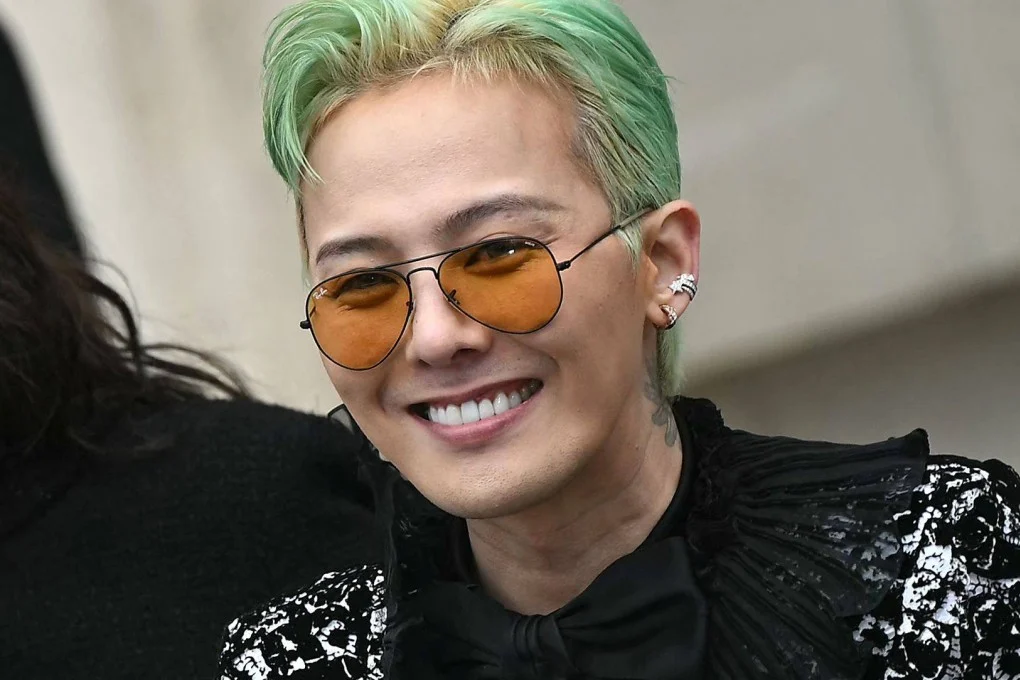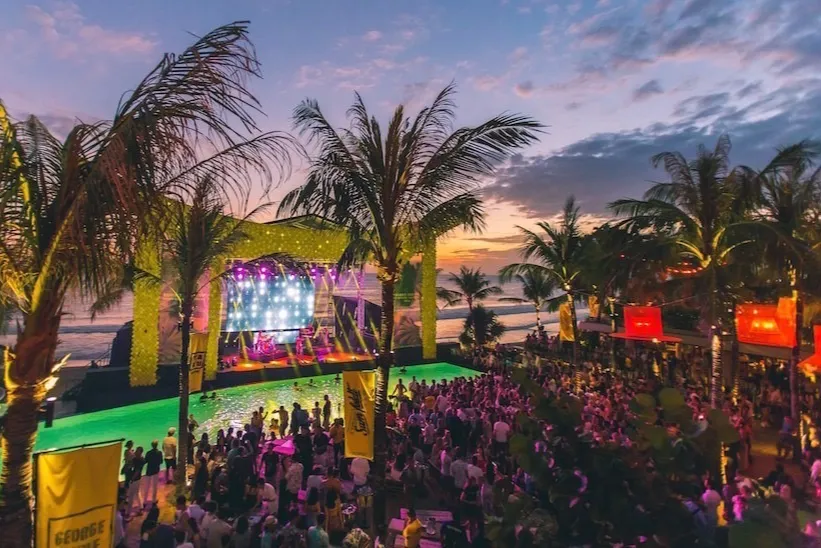In celebration of his 85th year of life, celebrated pioneer generation artist and Cultural Medallion recipient Goh Beng Kwan held a landmark solo exhibition showcasing 85 of his works from 20-29 May 2022. This is a significant milestone as it is the artist’s first solo exhibition since 1991.
A revolutionary presentation of Goh’s traditional and digital works, #GBK85 was set up as an immersive installation across an entire floor of guest rooms that told the story of his life and the trajectory of his artistic journey.
This exhibition consisted new, never-before-seen works under Goh’s Covid-19 series, documenting specific events and his emotions experienced during this historic period, as well as 11 augmented reality (AR) works and NFTs minted for National Gallery Singapore in January 2022 that was made accessible via a dedicated ArtAF app created specially for the exhibition.
We had the opportunity to speak with Mr Goh on his art practice.

Popspoken: With this exhibition being a celebration of your 85th year of life, it features many of your never-before-seen artworks, organised by time period. Could you take us through the curation and selection process – how and why did you choose to exhibit these?
The curatorial process was a collaborative effort between my daughter and I. The 85 works were selected by the both of us, with each artwork having its own special significance. During the process of shortlisting the final 85 pieces, we had multiple rounds of discussions as we each had our own favourites!
Each of these works have a story behind them. For instance, Still Life, which is my first watercolour painting, was completed under the guidance of my mentor, Chen Wen Hsi. The fish and fruits were purchased by him and used as subjects for the painting. When we were done with our painting sessions, he would use the fish to make a dish and the fruits be cut and served after dinner.
Another artwork of special significance would be Language of Flowers, which depicts an abundance of colourful flowers in an abstract form. This artwork was created this year and it symbolises my love for my wife. I dedicated the work to her because I wanted to thank her for her unwavering support over the years.

Popspoken: Tell us more about your formative years learning under Chen Wen Hsi and subsequently, Cheong Soo Pieng, and how it has impacted your current art practice. On hindsight, what do you think about the art piece you made for your High Secondary Certificate was so hard for the examiners to comprehend?
When I was studying art under the Nanyang artists, Chen Wen Hsi and Cheong Soo Pieng at the Chinese High School, they taught me fundamental skills in oil painting and Chinese ink. The techniques that they shared forms the foundation of my contemporary ink works. Chen Wen Hsi in particular saw potential in me and was always very kind and encouraging. He offered me advice and would provide special mentorship outside of school. These special classes that I attended really helped me understand art on a deeper level and formed a greater bond with my mentor, Chen Wen Hsi.
The artwork that I executed for my High Secondary Certificate (HSC) was a red and yellow piece. I gave it my all and really felt that it was my best work as a student. Chen Wen Hsi was so shocked that I failed my HSC because of a low grade in art that he went down to the Ministry of Education to find out why the examiners failed me. After seeing the work that I submitted, Chen Wen Hsi shared that it was because my piece was too advanced and abstract that the examiners could not appreciate it.
Popspoken: One of the prominent things about this exhibition is its inclusion of your newly minted NFTs and your 11 AR art pieces. As an artist whose practice is mainly grounded in more traditional mediums such as paint and Chinese ink, this mix of technology with very traditional mediums is interesting. Most of the time, artworks made with technology tend to be almost entirely technology based. This time, yours combined both the traditional and technological. How did this change the way you view your works?
I am always open to new forms of presentation and interested in experimenting with new materials. As an artist, it is important for me to keep up with what is happening in the art world and be up to date with technology so as to remain relevant. While it is difficult for me to understand all the emerging digital innovations like NFTs, I am thankful for my daughter, Hazeleen, who assists me in testing out new technology with my artworks.
The ArtAF app that she developed for this exhibition allows visitors to experience my art with the help of Augmented Reality (AR) and see my works digitally on the walls of their homes and offices. We hope that this will attract more young people to be interested in art and start developing a habit of collecting art at an early age.
Popspoken: Additionally, how do you see technology playing a role in your practice going forward?
I view technology as a new art medium that has a lot of potential and I am keen to explore and experiment with digital works moving forward.
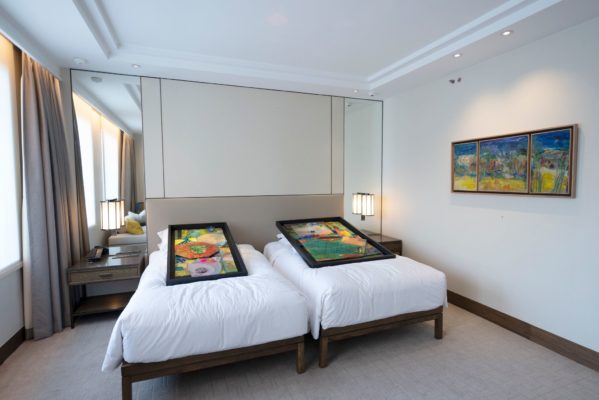
Popspoken: It’s been a while since your last solo exhibition, “Journeys”, held at the National Museum Singapore in 1991. As a practicing artist, what did you do during this period of downtime to keep your creativity flowing?
Since the “Journeys” exhibition, I have never stopped creating and exploring different materials and mediums such as canvas, ceramics, and tapestry in my practice. Over the past 30 years, I have participated in various local and overseas exhibitions and done many commissioned works for Punggol MRT Station, Farrer Park Hospital, etc. I also travelled to many countries and worked with materials that I have never used before. I recently discovered luminous paint and textured canvas at Spotlight during one of my sourcing trips. I ended up using it for Luminous Landscape, which is displayed in this exhibition.
During the pandemic, I also started using newspapers in my artworks. Newspapers give a different texture compared to rice paper and they also symbolise the records of everyday life. I paint according to my emotions, which is why you will notice that the artworks I did during the COVID-19 pandemic feature a darker colour palette that reflects my anxiety and low moods at the time.
Popspoken: The continual process and pressure of needing to exhibit all the time is stressful for younger artists. As a veteran artist in Singapore, is there any advice you would like to give us?
It is important for any artist to constantly work on their craft, especially mastering the basics. Young artists nowadays experience and make art in a very different manner compared to those of my generation – the use of digital tools have simplified the process of creating and drawing. However, I still believe it is important to hone traditional art techniques in order to bring one’s art to the next level.
My advice for any aspiring young artists is to persevere and work hard, especially if one wants to pursue a career in art. The path to become a full-time artist is by no means an easy one and anyone who chooses this path will experience hardship and challenges.
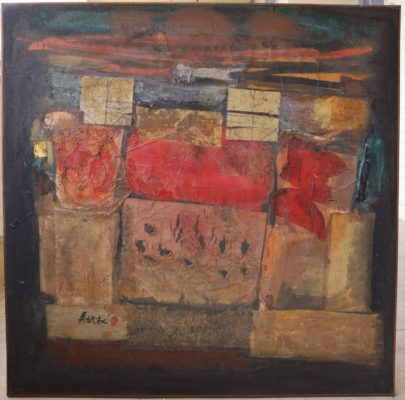
Popspoken: How do you define “brilliance” in art? Why do you think third generation local artists are lacking in this? Would it be a product of being too sheltered or having an education system that does not inculcate critical thinking?
For me, “brilliance” in art can be referred to when composition, conditions of creation, and the use of materials come together to make the final work emerge as a masterpiece. From what I observe, I think the later generations are less concerned with formal techniques and therefore lack practice when working with certain mediums.
Popspoken: Your art practice has, over the years, been influenced by both Eastern and Western mediums, as well as your travels. Could you recount any particular experience that has significantly shaped you and honed your practice?
My trip to New York City from 1962-1966 for further studies significantly shaped me and my practice. New York at that point in time was very different from Singapore. It was the first time I lived far away from home and had to work multiple jobs while taking classes at the Art Students League to sustain myself abroad. Being in New York when Abstract Expressionism was flourishing allowed me to encounter painters and collagists like Sidney Gross and Leo Manso, which brought abstraction and collage influences into my art. Although it was a tough time that took a toll on my health, I left New York with a new world view and artistic style – which I eventually applied to the Singapore context from the 1970s onwards.
Popspoken: What legacy would you like to leave behind for your art?
I hope to be remembered as a Singaporean artist who has devoted his whole life pursuing his passion for art. I would also hope that the public will be inspired by my journey as an artist in Singapore and not give up their dreams.
Discover more creative individuals in our People Section.


